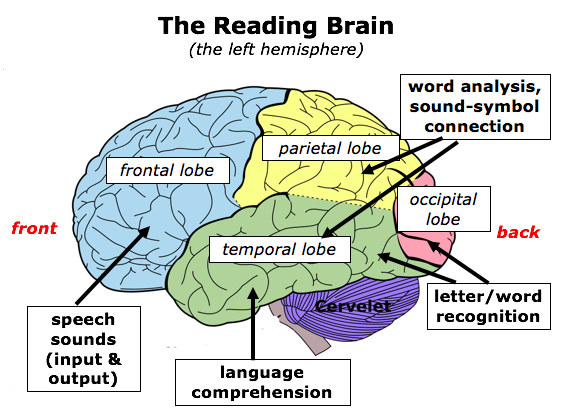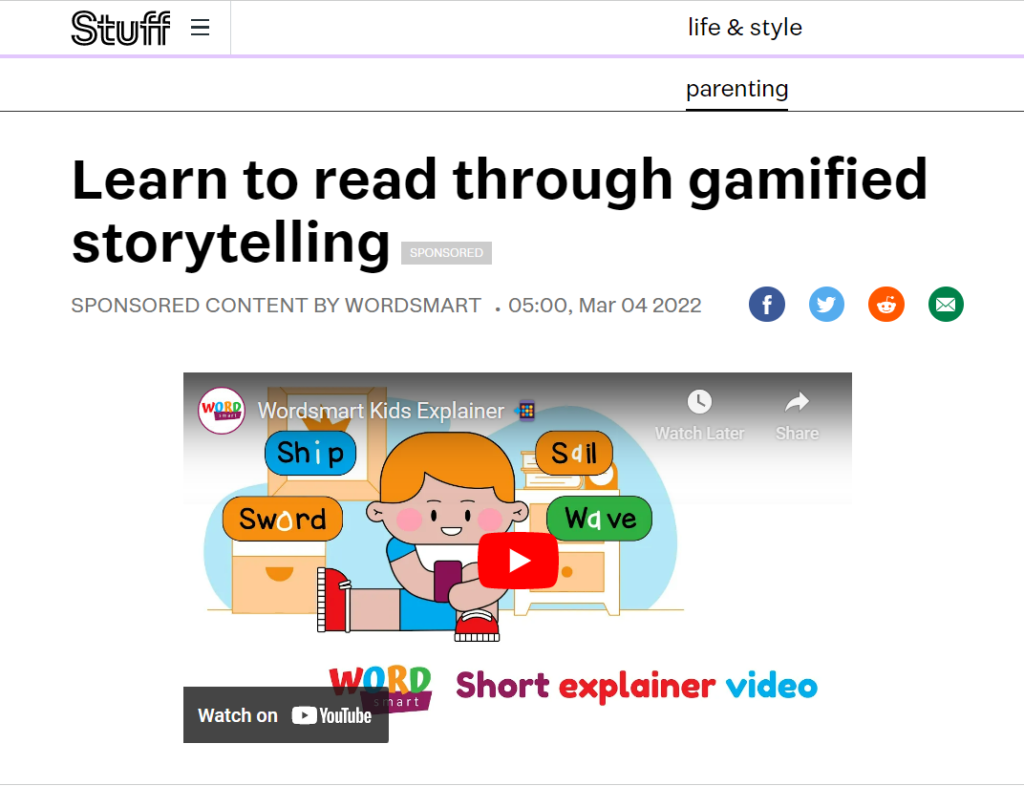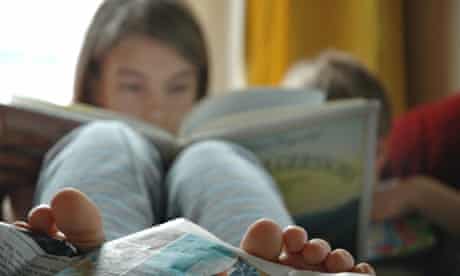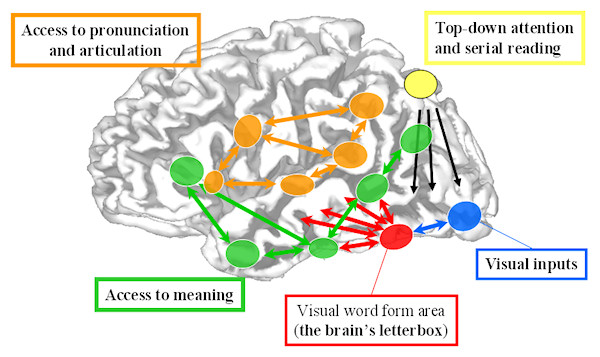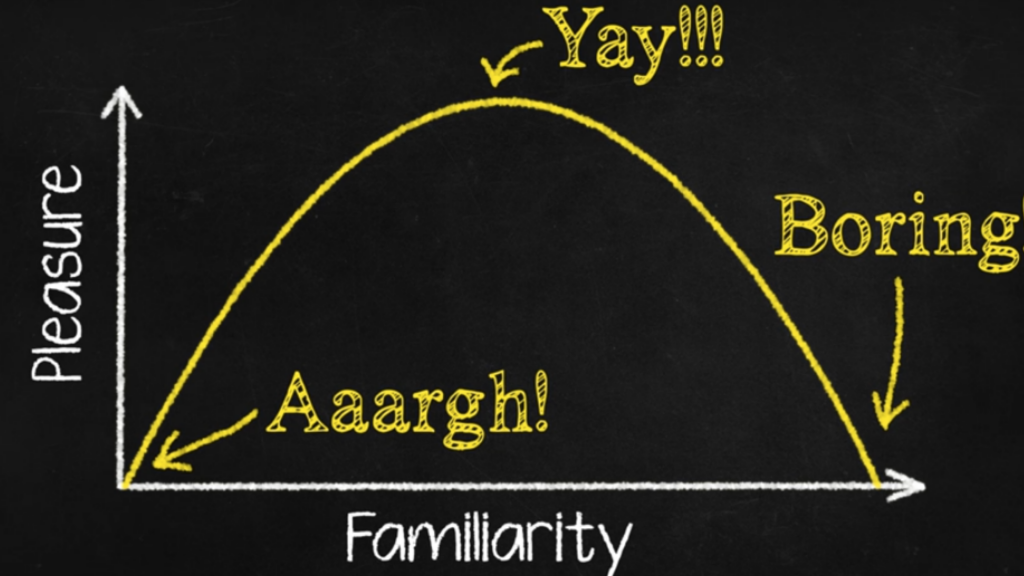How the brain learns to read
As complex a task as reading is, thanks to developments in neuroscience and technology we are now able to target key learning centers in the brain and identify the areas and neural pathways the brain employs for reading. We not only understand why strong readers read well and struggling readers struggle, but we are also
How the brain learns to read Read More »

